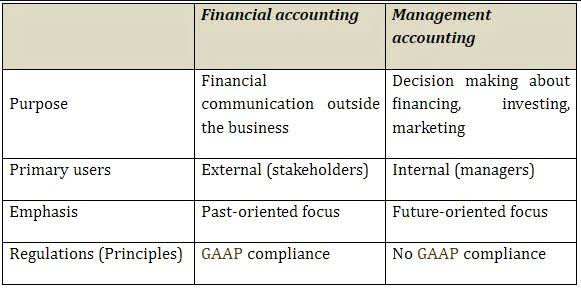
It also explains how you can elect to take a section 179 deduction, instead of depreciation deductions, for certain property and the additional rules for listed property. Let’s calculate ABC Organization’s computers’ depreciation by MACRS. First, we check which percentage to use for 5-year assets in Appendix A of the IRS’s asset depreciation guidelines. Multiply the asset’s cost ($200,000) by the percentage for the second year to get $76,000.
Cost or Other Basis Fully Recovered
Your property is in the 5-year property class, so you used Table A-5 to figure your depreciation deduction. Your deductions for 2021, 2022, and 2023 were $500 (5% of $10,000), $3,800 (38% of $10,000), and $2,280 (22.80% of $10,000), respectively. To determine your depreciation deduction for 2024, first figure the deduction for the full year.
How to calculate depreciation: 6 common methods
You can revoke an election to use a GAA only in the following situations. However, these rules do not apply to any disposition described later under Terminating GAA Treatment. The following examples are provided to show you how to use the percentage tables. Basis adjustment due to recapture Car Dealership Accounting of clean-fuel vehicle deduction or credit. Make the election by completing line 20 in Part III of Form 4562. Your use of the mid-month convention is indicated by the “MM” already shown under column (e) in Part III of Form 4562.
Other Information Regarding Depreciable Assets
Other property used for transportation includes trucks, buses, boats, airplanes, motorcycles, and any other vehicles used to transport depreciable assets persons or goods. In May 2024, Sankofa sells its entire manufacturing plant in New Jersey to an unrelated person. The sales proceeds allocated to each of the three machines at the New Jersey plant is $5,000. This transaction is a qualifying disposition, so Sankofa chooses to remove the three machines from the GAA and figure the gain, loss, or other deduction by taking into account their adjusted bases.

Depreciation: Definition and Types, With Calculation Examples
To be qualified property, long production period property must meet the following requirements. If costs from more than 1 year are carried forward to a subsequent year in which only part of the total carryover can be deducted, you must deduct the costs being carried forward from the earliest year first. In addition, figure taxable income without regard to any of the following. If you and your spouse elect to amend your separate bookkeeping returns by filing a joint return after the due date for filing your return, the dollar limit on the joint return is the lesser of the following amounts.
- You placed both machines in service in the same year you bought them.
- Unlike straight-line depreciation, accelerated depreciation allows you to take larger deductions in the earlier years of the asset’s life, with smaller deductions in later years.
- Similarly, a business call made on an otherwise personal trip does not change the character of a trip from personal to business.
- You determine the midpoint of the tax year by dividing the number of months in the tax year by 2.
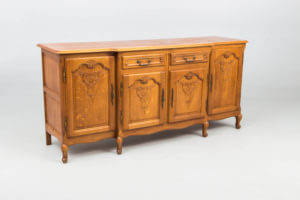
Sankofa does not claim the section 179 deduction and the machines do not qualify for a special depreciation allowance. As of January 1, 2024, the depreciation reserve account for the GAA is $93,600. Tara Corporation, with a short tax year beginning March 15 and ending December 31, placed in service on March 16 an item of 5-year property with a basis of $1,000. This is the only property the corporation placed in service during the short tax year.
Figuring Depreciation for a GAA
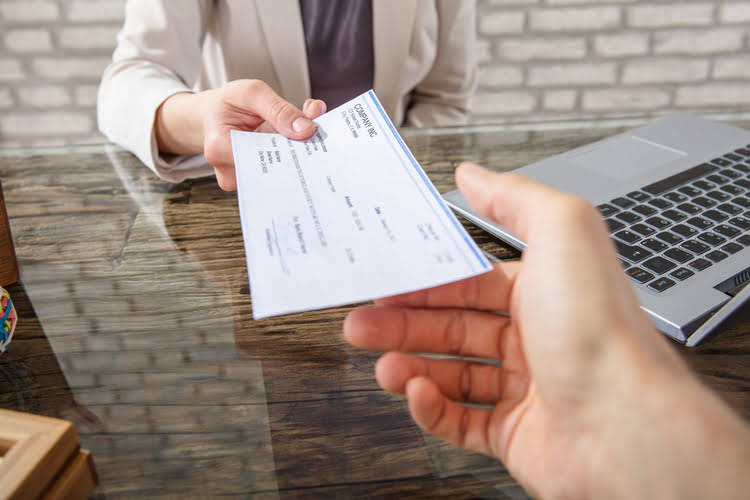
If you are in the business of renting videocassettes, you can depreciate only those videocassettes bought for rental. If the videocassette has a useful life of 1 year or less, you can currently deduct the cost as a business expense. For example, amounts paid to acquire memberships or privileges of indefinite duration, such as a trade association membership, are eligible costs. If you can depreciate the cost of a patent or copyright, use the straight line method over the useful life. The useful life of a patent or copyright is the lesser of the life granted to it by the government or the remaining life when you acquire it. However, if the patent or copyright becomes valueless before the end of its useful life, you can deduct in that year any of its remaining cost or other basis.
- In the year the business use drops to 50% or less, you include the recapture amount as ordinary income in Part IV of Form 4797.
- If you were using the percentage tables, you can no longer use them.
- A life interest in property, an interest in property for a term of years, or an income interest in a trust.
- Also, the write-down of an asset’s carrying amount will result in a noncash charge against earnings.
- If you have expensive assets, depreciation is a key accounting and tax calculation.
- If the activity or the property is not included in either table, check the end of Table B-2 to find Certain Property for Which Recovery Periods Assigned.
Qualified Business Use
Depreciation, depletion, and amortization (DD&A) is an accounting technique that enables companies to gradually expense various different resources of economic value over time in order to match costs to revenues. This is a simple way to depreciate the value of an asset based on how frequently the asset is used. “Units of production” can refer to something the equipment makes — like the number of pizzas that can be made in a pizza oven, or the number of hours that it’s in use. This method is good for businesses that want to write off equipment with a quantifiable and widely accepted (i.e., based on the manufacturer’s specifications) output during its useful life. Make sure you have a method in place for tracking your use of equipment, and expect to write off a different amount every year. However, its simplicity can also be a drawback, because the useful life calculation is largely based on guesswork or estimation.
The double-declining balance method is an accelerated depreciation method because expenses post more in the early years and less in the later years. PepsiCo Inc. lists land, buildings and improvement, machinery and equipment (including fleet and software), and construction-in-progress under its PP&E account. The average useful life for straight-line depreciation for buildings and improvement is years and 5-15 years for machinery and equipment. In the fiscal year 2021, the company recorded $2.48 billion in depreciated expenses and had $24.42 billion in accumulated depreciation. An improvement made to listed property that must be capitalized is treated as a new item of depreciable property.
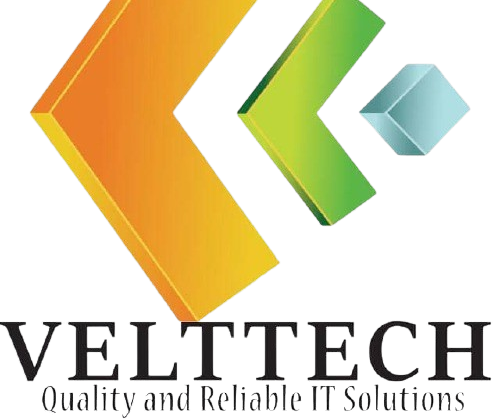
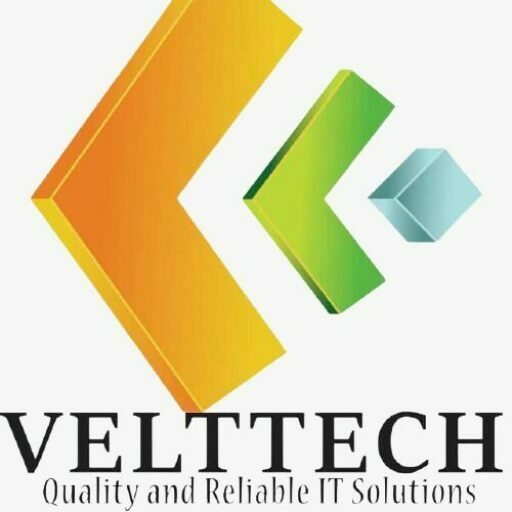
No responses yet